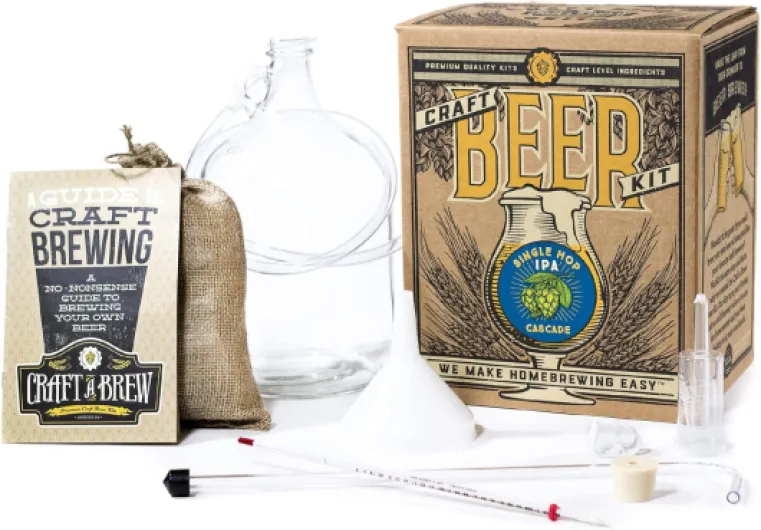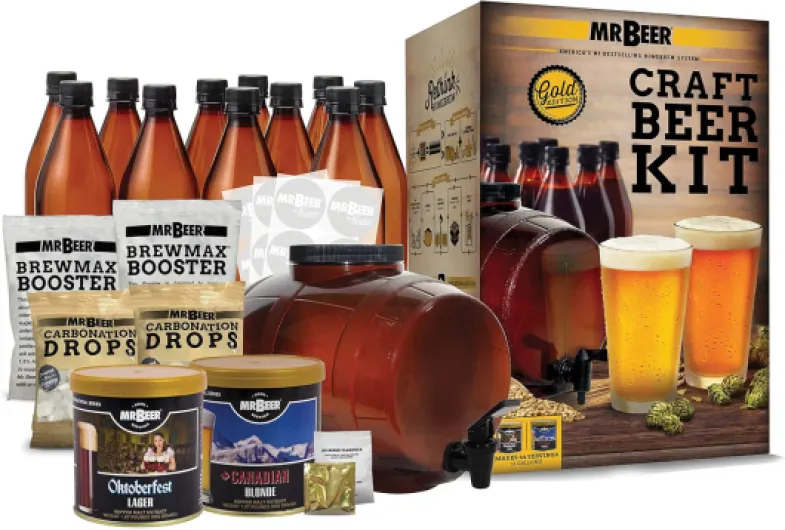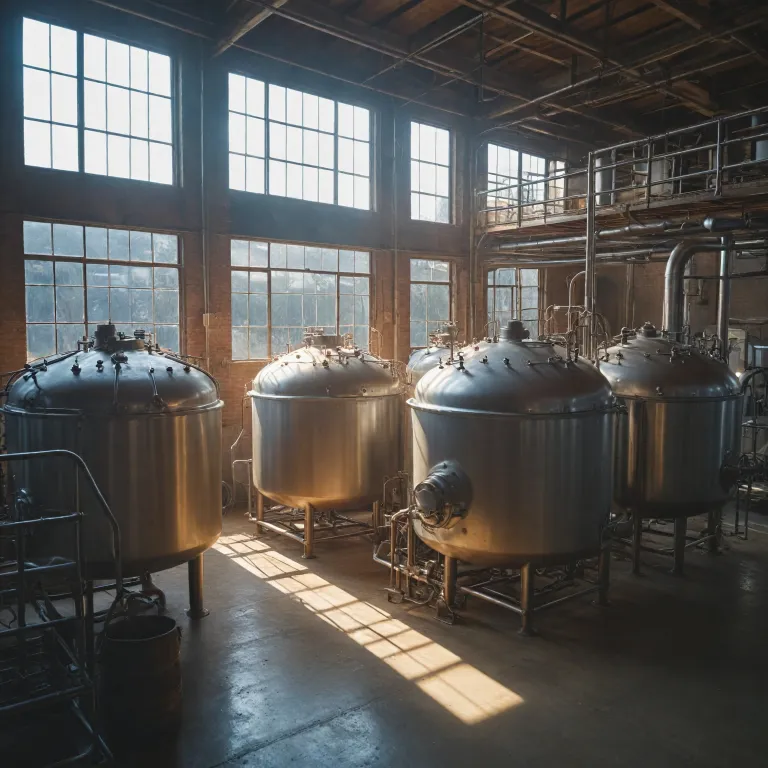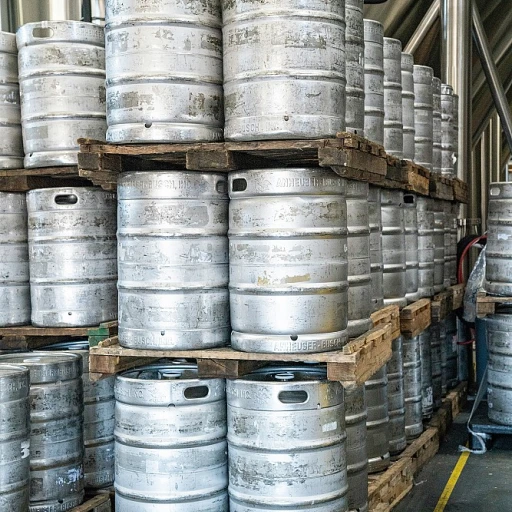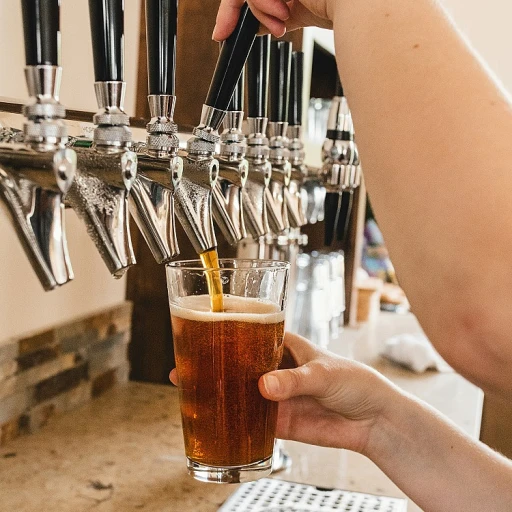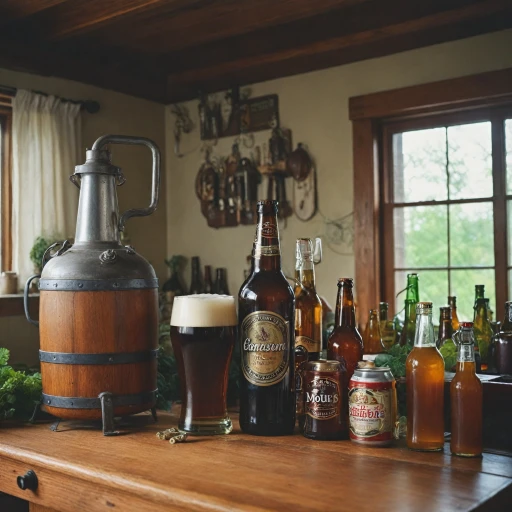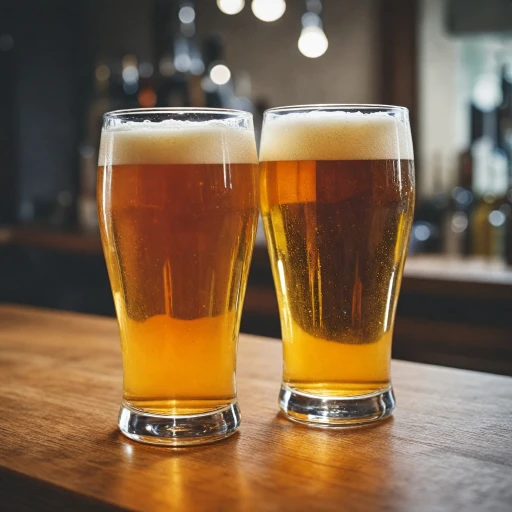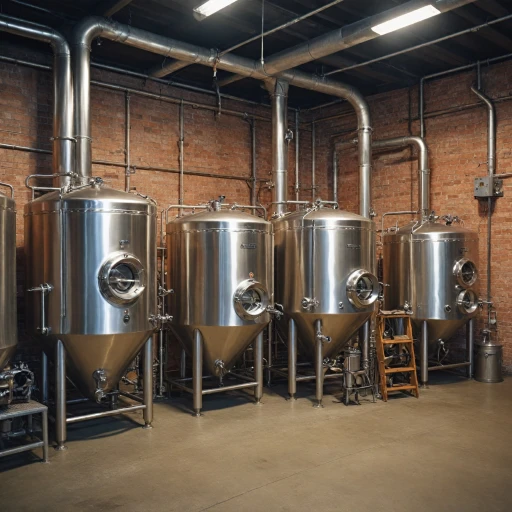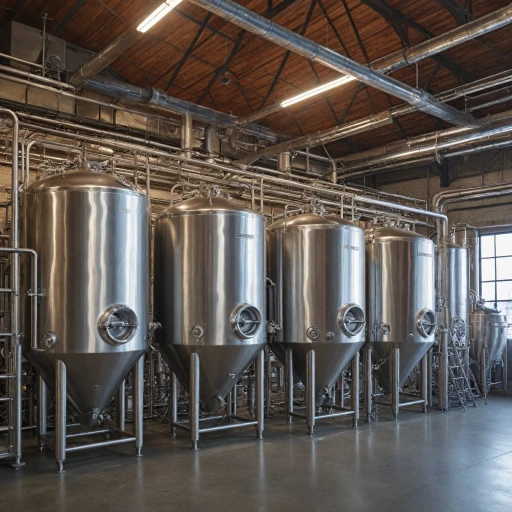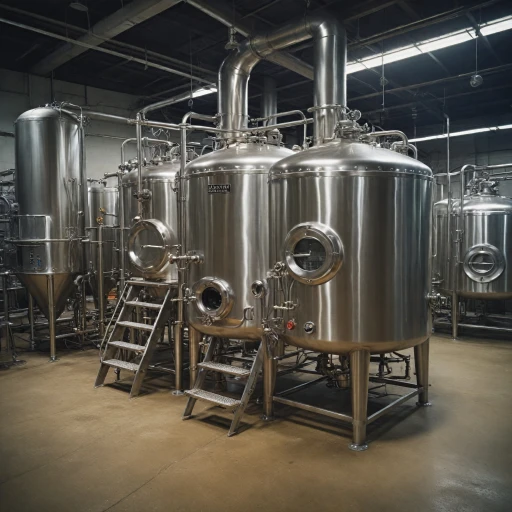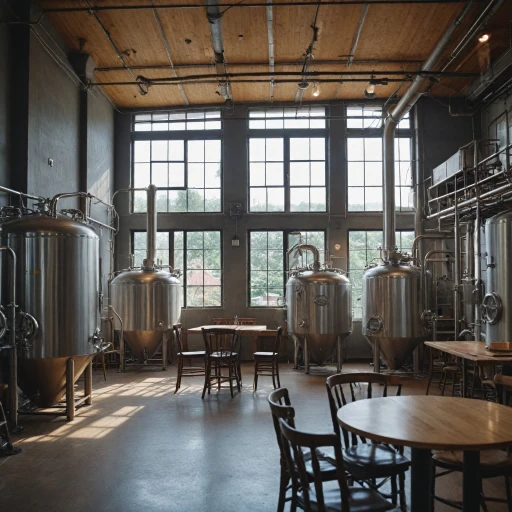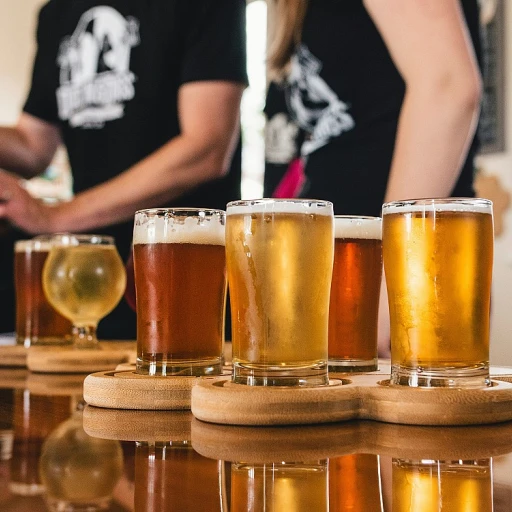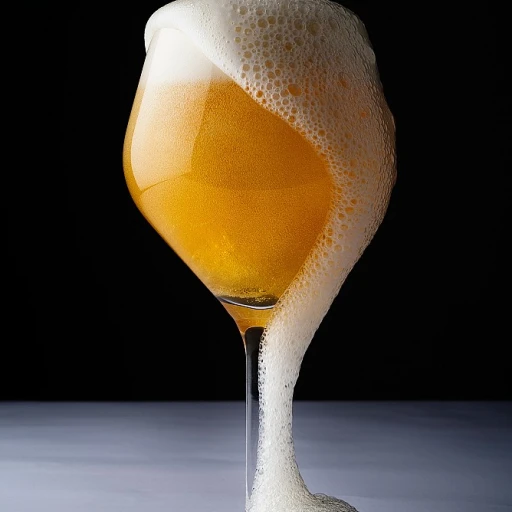
The Role of Water in Brewing
Essential Component for Brewing
Water plays an indispensable role in the art of brewing, making up about 90-95% of a beer’s total volume. This primary ingredient is not merely filler; its quality and composition can significantly influence the taste and character of the final product. Indeed, the style and flavor profile of beer can often be traced back to the quality of water used in its creation.Affecting Flavor and Aroma
Different minerals and ions present in water can affect a beer's flavor and aroma. For instance, calcium can aid in the stabilization of enzymes during brewing, while bicarbonates can impart a slightly alkaline taste. Brewers carefully select their water sources and may even treat water to achieve desired results, underlining the importance of understanding water chemistry when crafting a great-tasting beer. For those curious about how water interactions extend to other beer components, such as hops, you might find this discussion on whether hops are naturally gluten-free quite informative. The synergy between water and other brewing ingredients is complex but fascinating, contributing to the wide diversity of beer styles enjoyed worldwide.Brewing Process and Water Usage
The Brewing Process and Estimating Water Consumption
The journey of a beer from raw ingredients to your glass is a fascinating one, and water plays an incredibly significant part throughout. Here, we'll walk through the different stages of brewing to see how water weaves into the process.- Mashing: The brewing process begins with mashing, where crushed malt is mixed with hot water to create a mash. This step alone requires a substantial water volume, as it serves to extract sugars necessary for fermentation.
- Lautering: During lautering, the mash is rinsed with water to separate the sweet wort from the remaining grain solids. This sparging stage can demand even more water than the initial mash.
- Boiling: The wort is then boiled, and additional water is lost here through evaporation. This concentrated wort will determine much of the beer’s flavor and alcohol content.
- Cooling and Fermentation: Before fermentation, the wort must be cooled, traditionally using a heat exchanger that often requires water to function efficiently. The cooled wort enters fermentation vessels, and the addition of yeast begins turning sugars into alcohol.
- Filtration and Conditioning: Filtration and conditioning can also show water involvement, primarily in cleaning equipment and preparing beer for packaging.
Water Quality and Its Impact on Beer
Water Quality's Influence on the Brewing Experience
When it comes to brewing beer, the quality of water used can significantly influence the final product's taste, aroma, and overall quality. The water that brewers choose to use is never just plain old H2O. In fact, water is one of the four essential ingredients in beer making, along with malt, hops, and yeast. Each specific characteristic of the water, from its mineral content to its pH level, plays a crucial role in shaping the unique characteristics of the beer. Most brewing processes demand a certain type of water, which might require treatment or modifications to align with the specific beer style being brewed. Water hardness and mineral composition such as calcium and magnesium levels, can affect the efficiency of the brewing process, as well as influence the taste and clarity of the beer. For example, the legendary Pilsners of the Czech Republic are celebrated not just for their use of high-quality hops and malts, but also for their region’s soft water, which creates a crisp, clean, and hop-forward finish. Craft brewers often tailor their water profiles by adjusting mineral levels to enhance certain qualities in their beer. For those curious about the practical implications of water properties, understanding the role of a hot liquor tank in brewing can provide enlightening insights into how brewers manage their water. In a well-balanced brew, minerals can elevate the flavor profile, while bad water quality could lead to off-flavors and an unpleasurable drinking experience. Therefore, many breweries invest in sophisticated water treatment systems that allow them to consistently deliver high standards in their final products. This attention to detail ensures that each glass of beer not only meets the brewer’s standards but also delights the consumer's palate.Favorite Beer Styles and Their Water Needs
Different Beer Styles and Their Relationship with Water
When discussing beer styles, it's essential to explore how water content plays a role in shaping each beer's unique flavor profile. Various styles have different water needs, and understanding these can enhance our appreciation of every pint.- Pilsners and Lagers: Known for their clean and crisp taste, pilsners and lagers require soft water with low mineral content. This ensures that their delicate flavors shine through without interference from the water's chemistry.
- Stouts and Porters: These rich, dark beers often benefit from brewing with harder water. The higher concentration of minerals can accentuate roasted malt flavors, making stouts and porters bolder and more robust.
- IPAs (India Pale Ales): The hoppy bitterness of IPAs is best complemented by water with a balanced mineral profile. Some brewers prefer sulfate-rich water to enhance hop bitterness, while chloride can add a touch of mouthfeel to the brew.
Sustainability and Water Conservation in Breweries
Sustainable Practices for Tackling Water Conservation
Beer producers are becoming increasingly aware of their environmental impact and the importance of water conservation. Many breweries are adopting sustainable practices to reduce water usage and preserve this essential resource for future generations.
- Implementing Advanced Water Recirculation Systems: Many breweries are investing in technologies that allow for the reuse of water in different stages of the brewing process. This technique minimizes the amount of fresh water needed.
- Innovative Cleaning Techniques: Cleaning is a significant use of water in brewing. Innovative cleaning methods, such as dry cleaning or the use of non-water-based cleaning agents, help reduce water consumption.
- Water Footprint Audits: Conducting thorough audits helps breweries understand their water usage patterns and identify areas for improvement. This understanding enables them to implement targeted conservation methods effectively.
- Community Engagement and Partnerships: Breweries are increasingly engaging with the local community and forming partnerships with environmental organizations to promote water conservation efforts and raise awareness.
Sustainable brewing practices not only benefit the environment but also have a positive impact on a brewery's reputation and bottom line. Supporting these initiatives contributes to a more sustainable future for one of our beloved beverages.


